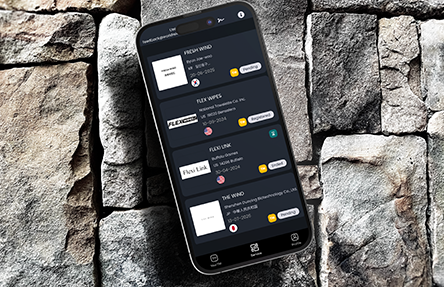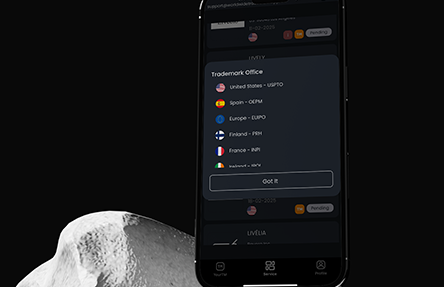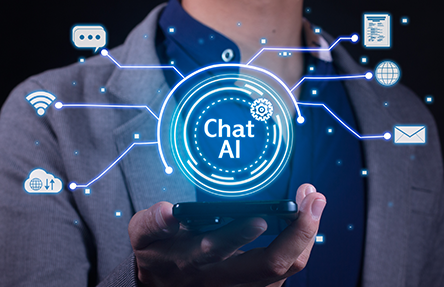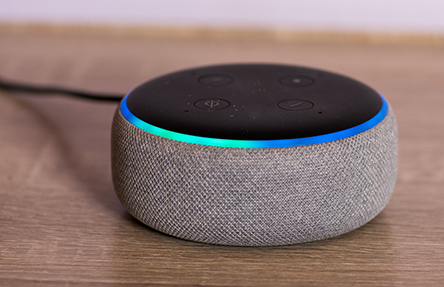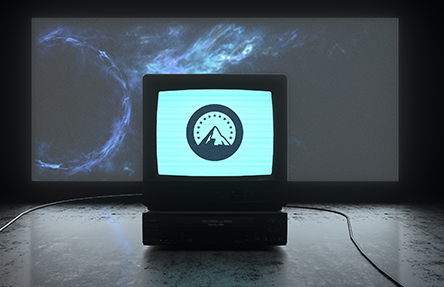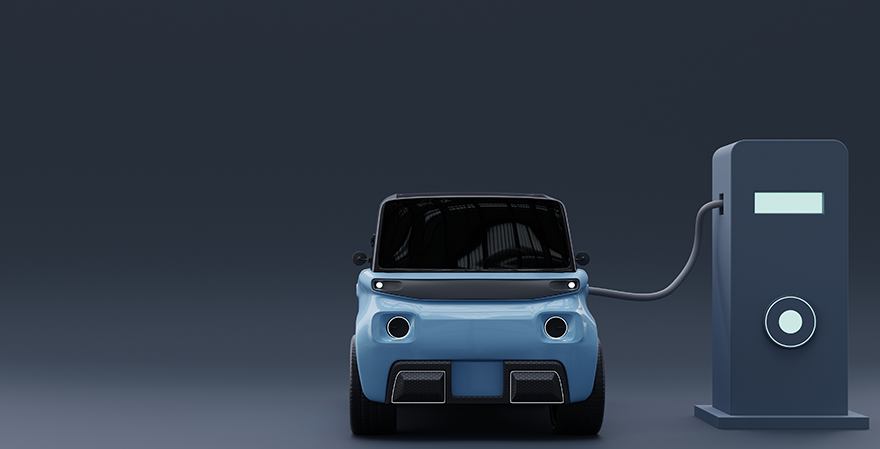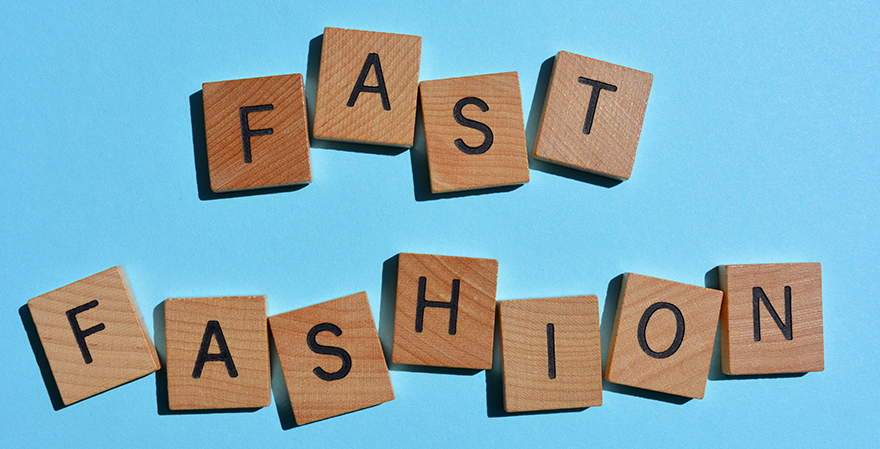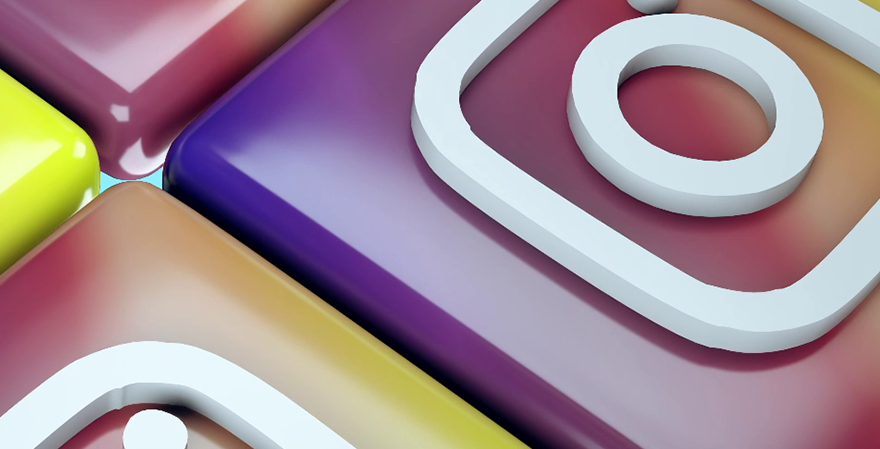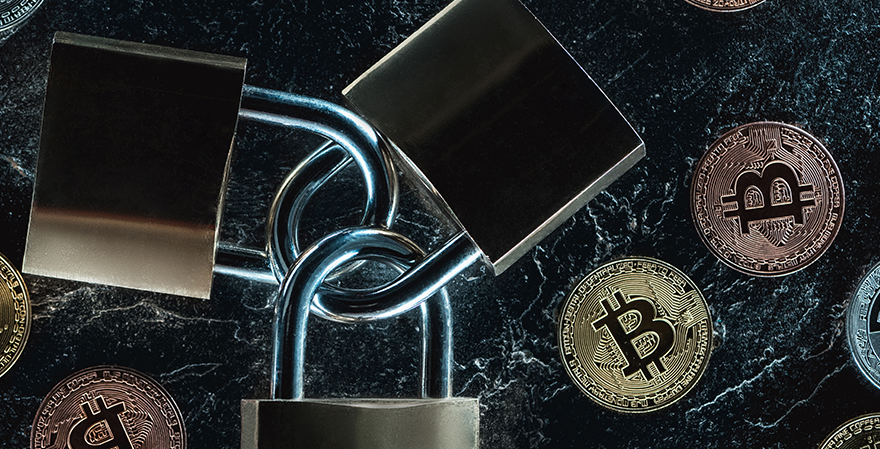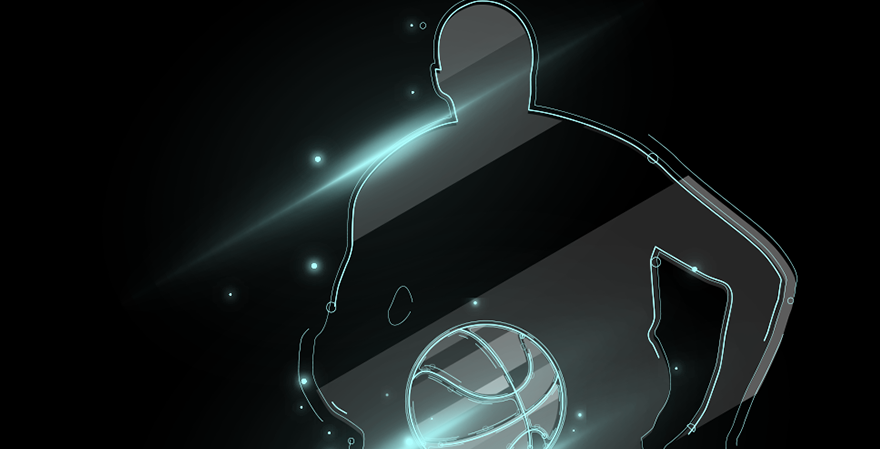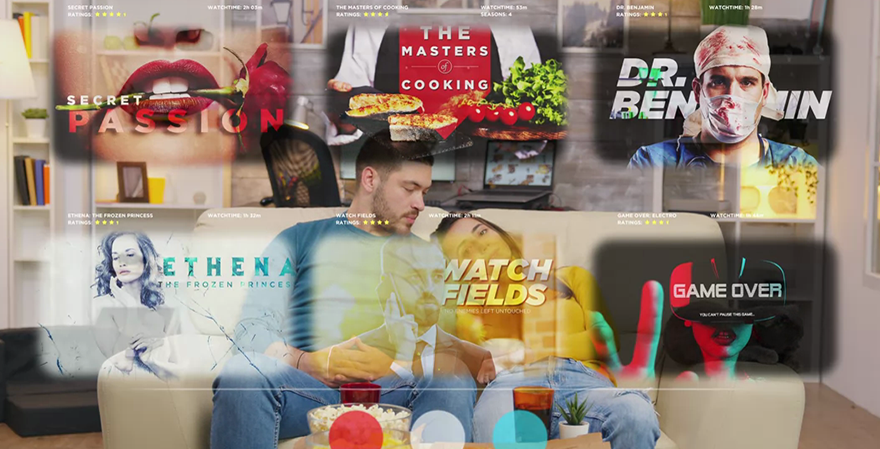Imitation or Infringement? Exploring the Legal and Branding Challenges of Chatbot App Icons in the Shadow of ChatGPT's Market Dominance
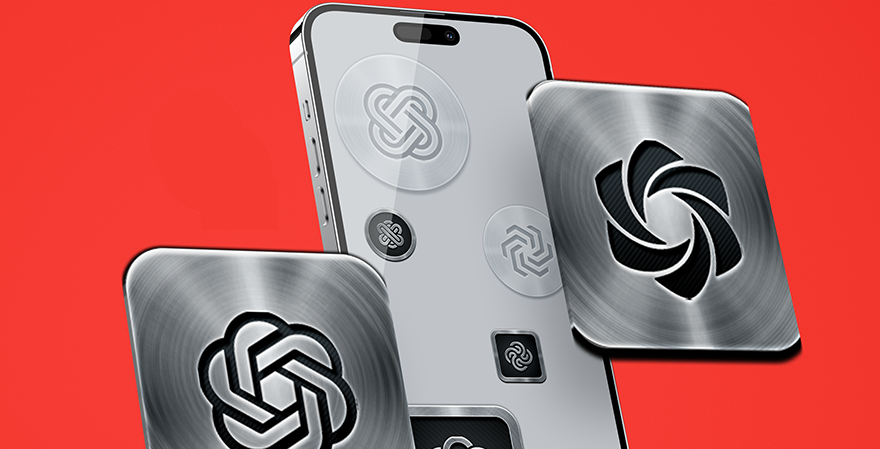 Sep/01/2024
Sep/01/2024
In recent years, the digital landscape has witnessed a seismic shift with the advent of advanced chatbots, spearheaded by the revolutionary ChatGPT. This innovation has not only transformed user interactions but has also inspired a flurry of similar applications across both the App Store and Google Play. Amidst this burgeoning market, a peculiar trend has emerged: a striking similarity in the icons of these chatbot applications to that of ChatGPT's original design. This phenomenon raises intriguing questions about intellectual property rights and the future of app branding.
The Homogenization of Digital Identities: As we delve into the app ecosystems, it becomes apparent that many chatbot applications have opted for visual motifs that echo the iconic ChatGPT symbol. Whether it's the choice of color palette, the stylized representations of chat bubbles, or the inclusion of AI-related imagery, the parallels are undeniable. This convergence towards a shared visual identity not only highlights the influential stature of ChatGPT but also underscores a lack of originality in branding efforts within the sector. The core of this issue lies in the realm of figurative trademarks, a legal protection mechanism for logos and symbols that embody the essence of a brand. With OpenAI's ChatGPT icon being a registered trademark, the proliferation of similar icons poses a potential quagmire of legal challenges. Legal experts warn that this blurring of lines could lead to disputes over trademark infringement, as the distinctive character of the ChatGPT icon becomes diluted in a sea of imitators.
A Comparative Analysis: By examining a selection of app icons side-by-side with ChatGPT's, the similarities become stark. Design elements such as the layout, color schemes, and graphical motifs frequently overlap, prompting discussions about originality and the ethical boundaries of inspiration. Through visual comparisons and expert insights, it becomes evident that the line between homage and infringement is perilously thin in the digital iconography of chatbots. As the chatbot industry continues to expand, the issue of icon similarity could escalate into broader discussions about innovation, competition, and the sanctity of intellectual property. Developers might find themselves compelled to rethink their branding strategies to avoid potential legal entanglements. Moreover, this situation serves as a cautionary tale about the significance of establishing a unique brand identity in a crowded and competitive market.



